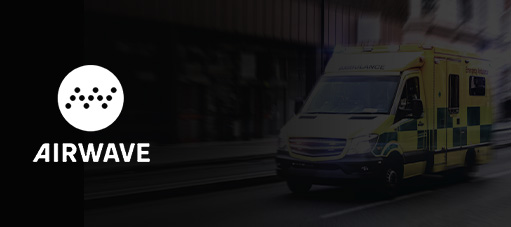Challenge:
Following the UK Government’s announcement of free on-train wifi in early 2015, Ministers in 2016 asked the Department for Transport to develop proposals to “Ensure passengers on trains can conduct satisfactory voice calls and access data on their mobile devices with an experience similar to that found in areas of good coverage whilst stationary in urban areas, irrespective of the passengers’ choice of mobile service provider.”
The proposals also needed to address the practical and commercial challenges too, since the rail corridor can be difficult to address given terrain features such as deep cuttings and tunnels, and train designs, affecting mobile signals plus significant mobile operator coverage ‘not-spots’, particularly on rural routes, and the need to align rail and telecom industry incentives.
Solution:
In collaboration with DfT colleagues we undertook a Call for Evidence seeking the rail and telecoms industries’ viewpoints on the nature of the technical, operational and commercial challenges, and likely passenger requirements for voice and data connectivity. We also undertook a Stated Preference survey of a representative passenger panel to understand the economic benefits, asking passengers to “trade” the value of different qualities of service (ranging from the ability to only browse the web and send and receive emails through to consuming high-definition video) and the availability of the service throughout a journey (ranging from best efforts through continuously availability of voice and data connectivity throughout the passenger’s journey).
The collated information was used to develop a Policy Paper for Ministerial approval. This set out clearly the problems and drivers for change, the outline propositions for coverage versus capacity-focused solutions, the commercial aspects including investment implications, and recommendations. The detailed analysis undertaken by Piran also highlighted that a one-size fits all technical solution – given the disparities in passenger demand by time of day and route section and even train class – would not be appropriate, and that the train operators, rather than Network Rail, would be best placed to deliver the outcomes given their understanding of their passengers’ needs and travel patterns.
We developed a technology-agnostic output-based set of metrics. These metrics including requirements for (i) a minimum speed per passenger (1Mbps growing by 25% cagr), (ii) a minimum data allowance (determined by the average journey time starting at 30Mbps plus 1Mbps per minute, growing by 25% cagr), (iii) a service availability requirement (ensuring that on core routes carrying 85% of a train operator’s journeys the service was available over 95% of those routes), plus (iv) delivery timescales and also (v), through the introduction of a new question in the Transport Focus’ National Rail Passenger Survey (satisfaction with the “reliability of your internet connection”) a means of tracking passenger sentiment. In parallel, an Outline Business Case was developed using the economic research. This noted the “High Value for Money” arising from opportunities for modal shift and associated increases in farebox revenues.
Outcome:
The Outline Business Case was approved by the DfT and HM Treasury, with the output metrics codified in all new franchise competition requirements from 2017/18 onwards, which continues to this day through committed obligations retained in the new National Rail Contracts.
This policy has led to innovative technical and commercial solutions being delivered by mobile operators such as EE and Vodafone addressing ‘not-spots’, as well as dedicated millimetric wave infrastructure solutions by Avanti and EvoRail to serve high-demand passenger routes.


